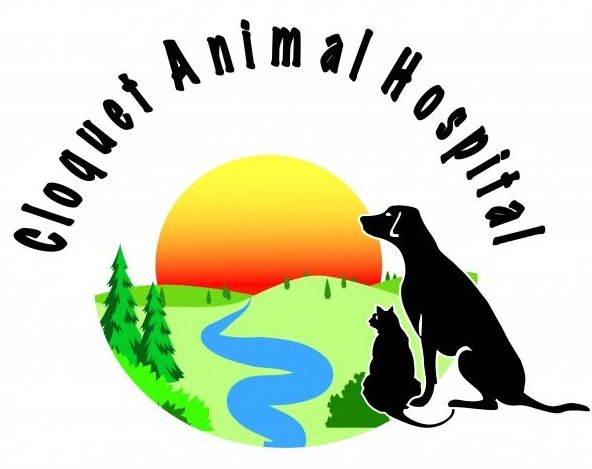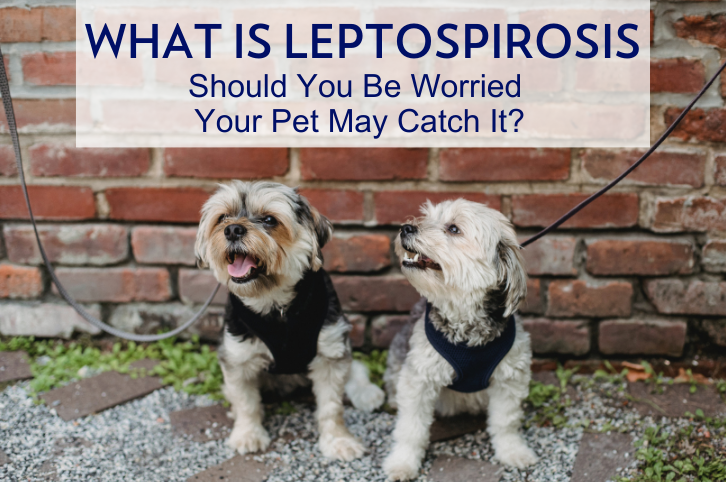We know the word “leptospirosis” is quite the mouthful, especially if this is the first time you’ve heard of it. However, this bacteria-caused disease continues to become more and more common during summer. Furthermore, your pet could become quite ill if they contract it. So, what are these bacteria that can steal your pet’s life and how can you protect your pet? Read on to learn more.
What is Leptospirosis?
Leptospirosis is a disease caused by corkscrew-shaped bacteria. It spreads from mammal to mammal, often exiting the body through urine and entering through accidental ingestion. It usually takes about two weeks to a month for a pet to show symptoms of the disease. This can be extremely dangerous, since owners may bring their dogs to dog parks, not knowing their dog is spreading lepto bacteria.
These bacteria enter the nose or mouth of a pet then travel through the bloodstream. From there, the bacteria enter the kidneys and other bodily tissue and begin to reproduce. While the kidneys filter waste out of your pet’s body and eliminate it through urine, the lepto bacteria will also hitch a ride out of the body the same way.
What Are the Symptoms of Leptospirosis?
Lepto causes flu-like symptoms, including fever, lack of appetite, lethargy, diarrhea, headache, vomiting, and muscle aches. More severe cases will cause a pet to have trouble breathing.
How Serious Is Leptospirosis?
A new study based out of Chicago found it to be more fatal than originally thought. In this study, 25% of cases of lepto were fatal. Furthermore, lepto is a zoonotic disease, which means, you and your family members can get it.
What Else Do Pet Owners Need to Know About Lepto?
- Small Dogs Are More Likely to Contract the Disease
While all mammals can contract leptospirosis, dogs that weigh less than 14 pounds are more likely to become infected, according to studies. If you own a small dog, you want to be extra vigilant when on walks and at the dog park. Bring fresh water and never let your petite pup drink from standing water sources.
- Contaminated Areas Can Be Close to Home
Because leptospirosis is spread by common small mammals, such as rats, mice, and raccoons, the bacteria can hide close to your home. Eliminating sources for these rodents to hide can reduce your pet’s risk of catching the disease. To do so:
- Discourage rats and mice by keeping your trash bins covered
- Do not pile yard debris close to your house
- Remove vines and branches that touch the exterior of your home to prevent rats and mice from entering.
- Cases of Leptospirosis Spike in Summer
As the temperatures rise and we experience summer rainfall, the number of leptospirosis cases also increases. Rain spreads the bacteria from its original source to puddles, ponds, streams, and lakes. To make matters worse, the soaring temperatures make our pets thirstier, leading to a higher probability of a pet wanting to drink from high-risk water sources.
- We Can Reduce Your Pet’s Likelihood of Contracting Lepto
Protecting your pet can be as simple as making an appointment to see us. We carry the leptospirosis vaccine that can highly reduce your pet’s chances of becoming sick. All it takes is a quick shot for your pet to be better protected and you to gain peace of mind.
- How to Protect Your Pet
In addition to the lepto vaccine, pet owners can protect their pets by:
- Discouraging them from drinking from unknown water sources. Always bring along a travel bowl and fresh water on walks and provide more water drinking opportunities with more water bowls in the backyard (be sure to refill it often).
- Do not let your pet frequent areas wildlife are known to traverse.
Keep Your Pet Protected and Healthy
Keep the sunshine and fun in your pets by protecting them with the leptospirosis vaccine and providing plenty of healthy water sources in and around your home in addition to on walks. Should your pet show signs of illness, especially those related to leptospirosis, come in and see us ASAP.
Image Credit: Pexels

